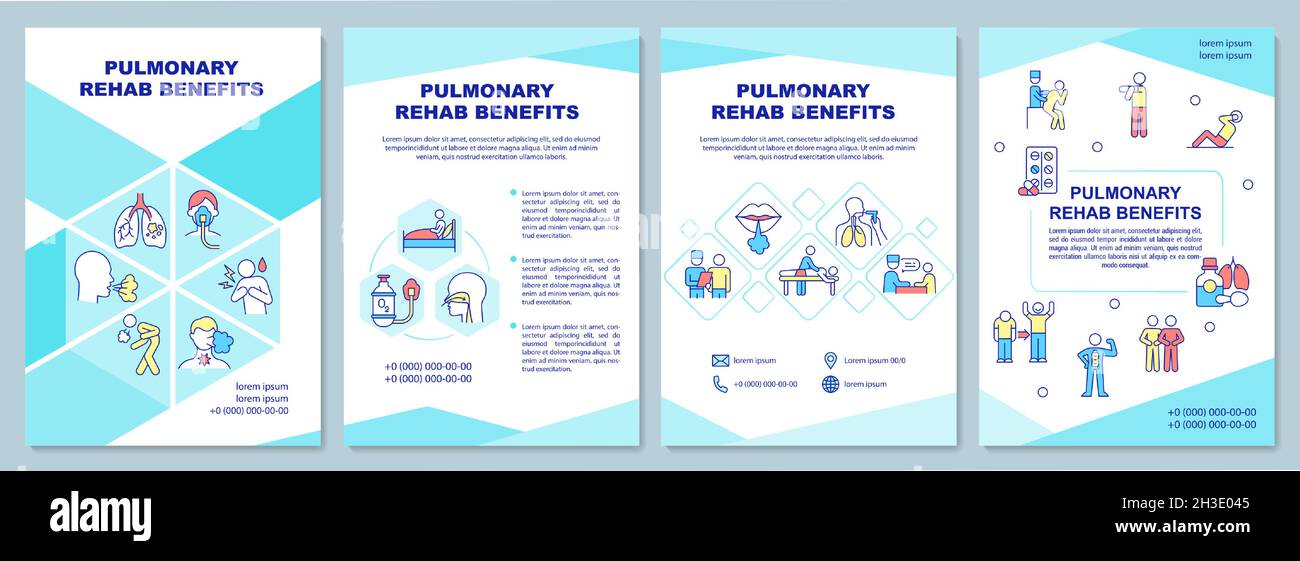Examine This Report on Narconon Africa
Narconon Africa - An Overview
Table of ContentsThe smart Trick of Narconon Africa That Nobody is Talking AboutIndicators on Narconon Africa You Should KnowThe Ultimate Guide To Narconon AfricaEverything about Narconon Africa10 Simple Techniques For Narconon AfricaNarconon Africa for Dummies5 Simple Techniques For Narconon Africa
In a collection of papers with Manudeep Bhuller and Katrine V. Lken, we overcome these data difficulties and the nonrandomness of imprisonment, using brand-new understandings into exactly how incarceration impacts relapse, work, kids, and criminal networks - Effective long-term recovery from drug abuse. Figure 1 Our job studies the results of incarceration in Norway, a setting with 2 essential benefitsWe can better connect this information to various other relative, consisting of youngsters and brother or sisters. We have information on co-offending that allows us to map out criminal networks for observed criminal offenses. Second, we can take advantage of the random project of criminal cases to courts that vary in their tendencies to send out offenders to prison.
But some courts send out accuseds to prison at a high price, while others are extra tolerant. We measure a judge's stringency as the ordinary imprisonment rate for all other cases a judge manages, after managing for court and year fixed effects, which is the degree of arbitrary task. This quasi-random project of judge stringency can be made use of as a tool for imprisonment, as it strongly anticipates the judge's decision in the present instance, but is uncorrelated with various other situation attributes both deliberately and empirically.
The 7-Minute Rule for Narconon Africa
Attributes of prisoners, consisting of demographics and criminal activity groups, are extensively comparable in Norway and various other countries, consisting of the USA, with the exceptions that the US murder price is much greater, and race plays a larger duty there also. What sticks out as various, especially contrasted with the USA, is the prison system.
Figure 2In Norway, the typical time invested in jail is a little over six months, which resembles most various other Western European nations. This contrasts with typical United States prison time of nearly 3 years, which is in big component the reason the United States is an outlier in its incarceration rate compared to the remainder of the globe [Number 1]
The Basic Principles Of Narconon Africa
This supplies a lot more splitting up in between small and hard crooks than exists in the USA. There is no overcrowding in Norwegian jails and better individual security, with each detainee being appointed to their own cell and a higher inmate-to-staff ratio than in the United States (https://forums.hostsearch.com/member.php?261628-narcononza12&tab=aboutme&simple=1). Jails in Norway also offer well-funded education, medicine therapy, psychological health and wellness, and job training programs
Our study on the impacts of imprisonment on the transgressor, utilizing the random task of courts as a tool, yields three vital searchings for. Imprisonment dissuades even more criminal habits. We discover that incarceration reduces the likelihood that a person will certainly reoffend within 5 years by 27 percent factors and lowers the corresponding number of criminal charges per individual by 10 fees.
Narconon Africa for Beginners
We find substantial declines in reoffending chances and collective charged criminal activities also after defendants are launched from prison. Our second result is that bias due to choice on unobservable individual attributes, if ignored, brings about the incorrect conclusion that time invested in prison is criminogenic. If we simply contrast criminal offenders sent out to jail versus those not sent out to prison, we discover positive organizations between incarceration and succeeding criminal activity.
This stands in contrast to our evaluation based upon the arbitrary project of courts, which discovers an opposite-signed outcome. Third, the reduction in criminal offense is driven by people that were not working before incarceration. Amongst these individuals, jail time raises involvement in programs directed at enhancing employability and reducing regression, and this eventually elevates employment and profits while inhibiting criminal habits.

Imprisonment creates a 34 portion point increase in engagement in job training programs for the formerly nonemployed, and within 5 years their work rate increases by 40 portion points. At the same time, the chance of reoffending within 5 years is cut by 46 percentage points, and there is a decline of 22 in the ordinary variety of criminal charges.
The 9-Minute Rule for Narconon Africa

A plausible explanation for the distinction is that Norway's prison system differs noticeably, both in terms of prison-term length and jail conditions, from the US jail system. While recognizing the impacts of incarceration on the offender is an important very first step, catching spillover impacts is additionally important for examining criminal justice plan and making reliable prison systems.
The 5-Minute Rule for Narconon Africa

Normal least squares approximates reveal that children of incarcerated daddies are 1 percentage point extra likely to be charged with a criminal activity, relative to a mean of 13 percent, and show no impact on college qualities. Utilizing our court stringency instrument, we find no statistical evidence that a daddy's imprisonment influences a child's own criminal activity or school grades, yet we are unable to dismiss modest-sized effects.
Rumored Buzz on Narconon Africa
We define criminal groups based on network links to prior criminal instances. Our analysis returns 3 primary findings. When a criminal network member is jailed, their peers' likelihood of being charged with a future criminal offense reduces by 51 portion points over the following 4 years. Also, having an older brother put behind bars minimizes the likelihood his younger bro will certainly be charged with a criminal offense by 32 percentage factors over the next 4 years.